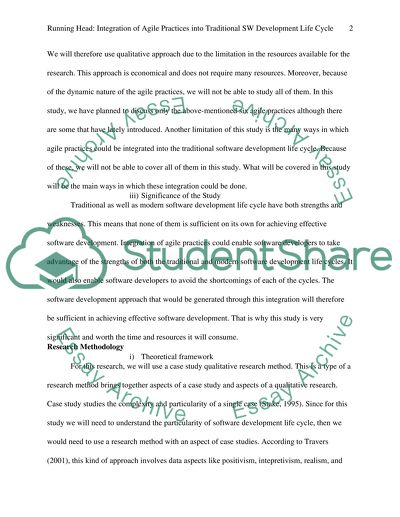Cite this document
(Integration of Agile Practices into Traditional SoftWare Development Research Proposal - 9, n.d.)
Integration of Agile Practices into Traditional SoftWare Development Research Proposal - 9. Retrieved from https://studentshare.org/information-technology/1601543-research-proposal
Integration of Agile Practices into Traditional SoftWare Development Research Proposal - 9. Retrieved from https://studentshare.org/information-technology/1601543-research-proposal
(Integration of Agile Practices into Traditional SoftWare Development Research Proposal - 9)
Integration of Agile Practices into Traditional SoftWare Development Research Proposal - 9. https://studentshare.org/information-technology/1601543-research-proposal.
Integration of Agile Practices into Traditional SoftWare Development Research Proposal - 9. https://studentshare.org/information-technology/1601543-research-proposal.
“Integration of Agile Practices into Traditional SoftWare Development Research Proposal - 9”. https://studentshare.org/information-technology/1601543-research-proposal.


